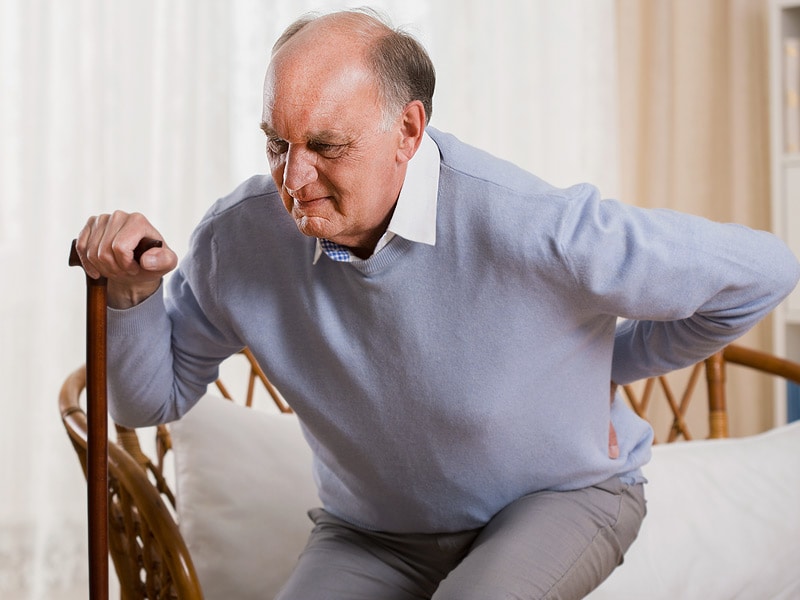
The millions of employed family caregivers in the United States lose a considerable amount of money when they take time from their jobs to care for their aging parents, and spend a good deal of their own funds to do so.
The MetLife Mature Market Institute released a study, “The MetLife Study of Caregiving Costs to Working Caregivers: Double Jeopardy for Baby Boomers Caring for Their Parents,” which found that as of 2011, employed caregivers in the U.S. lost an estimated $3 trillion in wages, pensions and Social Security benefits over a lifetime if they left the workforce prematurely. The average losses were $304,000 per person. That does not include additional out-of-pocket expenses related to caregiving, such as travel costs, contributing to the parents’ household upkeep and purchasing items needed by the care recipient.
The study offered 10 financial planning tips for family caregivers:
- Think twice about leaving your job to provide care, as it will impact your lifetime wealth and future employment prospects. In addition to losing a paycheck, you also could be missing out on years of service required to become vested in a defined benefits pension plan, to receive matching 401(k) funds or to build Social Security benefits.
- Check with your employer to determine what benefits are offered and how you would replace them, should you curtail your employment. Your employer may be able to provide workplace accommodations, such as flex time or family and medical leave, so you can stay in the workplace while caring for your relative.
- Take stock of what you have and your expenses for caregiving. Consider your current costs for travel, home care and any other items you cover. Add up all your current out-of-pocket costs for caregiving and create a budget for these expenses.
- Look into public benefits. Community services may be available for free or at a low cost and can offset out-of-pocket expenses. The Benefits Checkup website (www.benefitscheckup.org) from the National Council on Aging offers a free, confidential service that can help older adults find programs to help pay for some of the costs associated with prescription drugs, healthcare, utilities and other essentials.
- Become knowledgeable about Medicare and Medicaid. Medicare is not all-inclusive and you will want to be aware of costs for premiums and deductibles. Some enrolled in Medicare also may qualify for Medicaid, which covers a range of health and long-term care services.
- Calculate what it would cost to keep your loved one at home. There are many resources to enable an older person to age in place, such as meals-on-wheels, adult day care services, home care and home modification.
- Consider enlisting a geriatric care manager. Geriatric care managers are usually social workers or nurses who assist with evaluation, referral and monitoring a plan of care for older persons. (Note: today, geriatric care managers are often referred to as “aging life care specialists.”)
- Be aware of possible elder financial abuse. Older individuals, especially those with physical or cognitive impairments, can be vulnerable to exploitation, which may deplete their savings.
- Discuss your loved one’s legal, financial and medical wishes. Investigate legal tools such as power of attorney, durable power of attorney and a living will.
- Create a budget for your own future retirement expenses. Consider what portion of your income you’ll need to maintain your current lifestyle after retirement; experts typically place it at about 80 percent of current income.
“Legions of dedicated caregivers are making not only emotional and physical sacrifices, but also financial sacrifices for their parents,” said Sandra Timmermann, Ed.D., who served as director of the MetLife Mature Market Institute. “There are steps people can take to mitigate the hidden costs of caregiving, and there are programs employers can put into place to help support their employees.”
Source: The MetLife Mature Market Institute. Read more about the “The MetLife Study of Caregiving Costs to Working Caregivers” (https://www.metlife.com/mmi/research/caregiving-cost-working-caregivers.html) on the MetLife Mature Market Institute website (www.metlife.com/mmi/index.html), where you will find other studies that were created by MetLife to educate consumers on aging, longevity and the generations.



